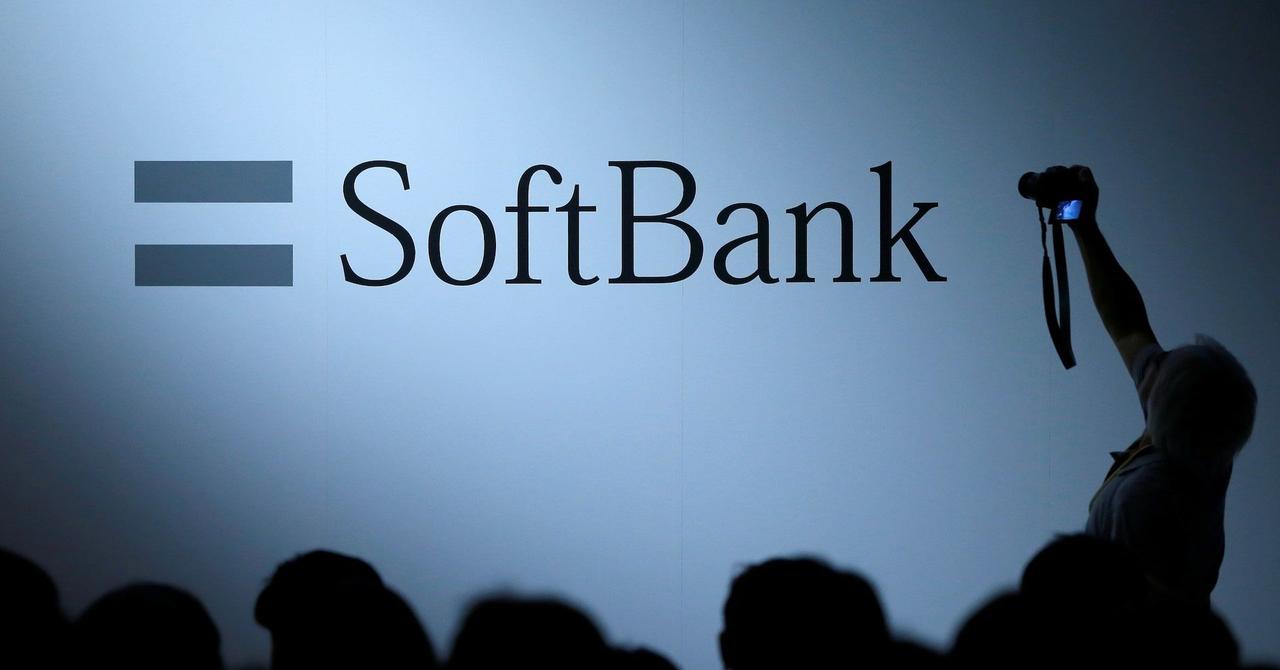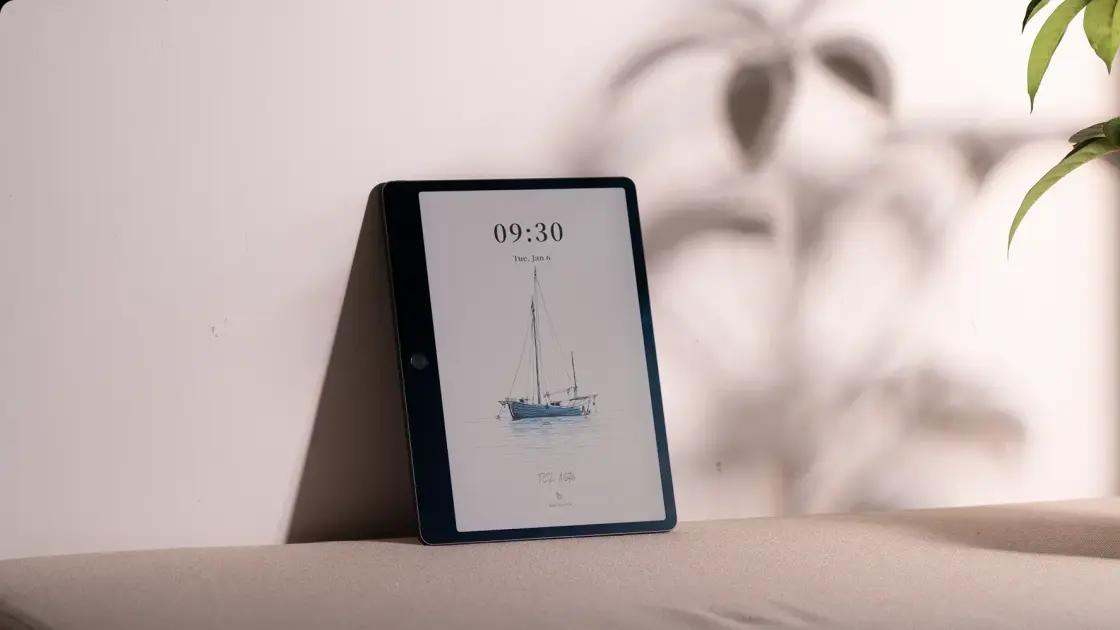AI-Powered Retinal Imaging Breakthrough: Non-Invasive Stroke Risk Prediction
2 Sources
2 Sources
[1]
Retina vascular fingerprint offers non-invasive way to predict stroke risk
BMJ GroupJan 13 2025 A vascular 'fingerprint' on the light sensitive tissue layer at the back of the eye-the retina-can predict a person's risk of stroke as accurately as traditional risk factors alone, but without the need for multiple invasive lab tests, finds research published online in the journal Heart. The fingerprint, comprising 29 indicators of vascular health, is a practical and readily implementable approach that is particularly well suited for primary healthcare and low-resource settings, conclude the researchers. Stroke affects around 100 million people around the globe and kills 6.7 million of them every year, point out the researchers. Most cases are caused by modifiable risk factors, such as high blood pressure, high cholesterol, poor diet, and smoking. The retina's intricate vascular network is known to share common anatomical and physiological features with the vasculature of the brain, making it an ideal candidate for assessing damage from systemic ill health, such as diabetes, explain the researchers. Its potential for stroke risk prediction hasn't been fully explored, due to variable study findings and inconsistent use of the specialised imaging technique for the back of the eye- fundus photography-they add. But machine learning (AI), such as the Retina-based Microvascular Health Assessment System (RMHAS), has opened up the possibilities for the identification of biological markers that can accurately predict stroke risk without the need for invasive lab tests, say the researchers. To explore this further, they measured 30 indicators across 5 categories of retinal vascular architecture in fundus images from 68,753 UK Biobank study participants. The 5 categories included calibre (length, diameter, ratio) density, twistedness, branching angle and complexity of the veins and arteries. And they accounted for potentially influential risk factors: background demographic and socioeconomic factors; lifestyle; and health parameters, including blood pressure, cholesterol, HbA1c (blood glucose indicator), and weight (BMI). The final analysis included 45,161 participants (average age 55). During an average monitoring period of 12.5 years, 749 participants had a stroke. These people tended to be significantly older, male, current smokers, and to have diabetes. They also weighed more, had higher blood pressure, and lower levels of 'good' cholesterol, all of which are known risk factors for stroke. In all, 118 retinal vascular measurable indicators were included, of which 29 were significantly associated with first time stroke risk after adjusting for traditional risk factors. Over half (17) were density indicators; 8 fell into the complexity category; 3 were calibre indicators; and 1 came under the twistedness category. Each change in density indicators was associated with an increased stroke risk of 10-19%, while similar changes in calibre indicators was associated with an increased risk of 10-14%. Each decrease in the complexity and twistedness indicators was associated with an increased risk of 10.5-19.5%. This retinal 'vascular fingerprint', even when combined with just age and sex, was as good as the use of traditional risk factors alone for predicting future stroke risk, the findings showed. This is an observational study, and therefore no firm conclusions can be drawn about cause and effect. And the researchers acknowledge that the findings may not apply to diverse ethnicities as most of the UK Biobank's participants are White. Nor were they able to assess the risk associated with different types of stroke. Nevertheless, they conclude: "Given that age and sex are readily available, and retinal parameters can be obtained through routine fundus photography, this model presents a practical and easily implementable approach for incident stroke risk assessment, particularly for primary healthcare and low-resource settings." BMJ Group Journal reference: Yusufu, M., et al. (2025). Retinal vascular fingerprints predict incident stroke: findings from the UK Biobank cohort study. Heart. doi.org/10.1136/heartjnl-2024-324705.
[2]
Vascular 'fingerprint' at the back of the eye can accurately predict stroke risk
A vascular 'fingerprint' on the light sensitive tissue layer at the back of the eye -- the retina -- can predict a person's risk of stroke as accurately as traditional risk factors alone, but without the need for multiple invasive lab tests, finds research published online in the journal Heart. The fingerprint, comprising 29 indicators of vascular health, is a practical and readily implementable approach that is particularly well suited for primary health care and low-resource settings, conclude the researchers. Stroke affects around 100 million people around the globe and kills 6.7 million of them every year, point out the researchers. Most cases are caused by modifiable risk factors, such as high blood pressure, high cholesterol, poor diet, and smoking. The retina's intricate vascular network is known to share common anatomical and physiological features with the vasculature of the brain, making it an ideal candidate for assessing damage from systemic ill health, such as diabetes, explain the researchers. Its potential for stroke risk prediction hasn't been fully explored, due to variable study findings and inconsistent use of the specialized imaging technique for the back of the eye -- fundus photography -- they add. But machine learning (AI), such as the Retina-based Microvascular Health Assessment System (RMHAS), has opened up the possibilities for the identification of biological markers that can accurately predict stroke risk without the need for invasive lab tests, say the researchers. To explore this further, they measured 30 indicators across five categories of retinal vascular architecture in fundus images from 68,753 UK Biobank study participants. The five categories included caliber (length, diameter, ratio) density, twistedness, branching angle and complexity of the veins and arteries. And they accounted for potentially influential risk factors: background demographic and socioeconomic factors; lifestyle; and health parameters, including blood pressure, cholesterol, HbA1c (blood glucose indicator), and weight (BMI). The final analysis included 45,161 participants (average age 55). During an average monitoring period of 12.5 years, 749 participants had a stroke. These people tended to be significantly older, male, current smokers, and to have diabetes. They also weighed more, had higher blood pressure, and lower levels of 'good' cholesterol, all of which are known risk factors for stroke. In all, 118 retinal vascular measurable indicators were included, of which 29 were significantly associated with first time stroke risk after adjusting for traditional risk factors. Over half (17) were density indicators; eight fell into the complexity category; three were caliber indicators; and one came under the twistedness category. Each change in density indicators was associated with an increased stroke risk of 10-19%, while similar changes in caliber indicators were associated with an increased risk of 10-14%. Each decrease in the complexity and twistedness indicators was associated with an increased risk of 10.5-19.5%. This retinal 'vascular fingerprint,' even when combined with just age and sex, was as good as the use of traditional risk factors alone for predicting future stroke risk, the findings showed. This is an observational study, and therefore no firm conclusions can be drawn about cause and effect. And the researchers acknowledge that the findings may not apply to diverse ethnicities as most of the UK Biobank's participants are white. Nor were they able to assess the risk associated with different types of stroke. Nevertheless, they conclude, "Given that age and sex are readily available, and retinal parameters can be obtained through routine fundus photography, this model presents a practical and easily implementable approach for incident stroke risk assessment, particularly for primary health care and low-resource settings."
Share
Share
Copy Link
Researchers have developed an AI-based system that can predict stroke risk using retinal imaging, offering a non-invasive alternative to traditional risk assessment methods.

AI-Powered Retinal Imaging: A New Frontier in Stroke Risk Assessment
In a groundbreaking study published in the journal Heart, researchers have unveiled a novel approach to predicting stroke risk using artificial intelligence and retinal imaging. This innovative method, known as the Retina-based Microvascular Health Assessment System (RMHAS), analyzes a vascular 'fingerprint' on the retina to assess an individual's likelihood of experiencing a stroke
1
2
.The Retinal Vascular Fingerprint
The study, conducted using data from the UK Biobank, examined 68,753 participants and identified 29 key indicators of vascular health within the retina. These indicators, collectively forming a unique vascular fingerprint, span five categories:
- Caliber (length, diameter, ratio)
- Density
- Twistedness
- Branching angle
- Complexity of veins and arteries
Researchers found that changes in these indicators were significantly associated with stroke risk. For instance, alterations in density indicators correlated with a 10-19% increased risk of stroke, while changes in caliber indicators were linked to a 10-14% increased risk
1
2
.AI's Role in Risk Prediction
The RMHAS utilizes machine learning algorithms to analyze fundus photographs of the retina. This AI-powered approach enables the identification of biological markers that can accurately predict stroke risk without the need for invasive laboratory tests
1
2
.Comparison with Traditional Risk Factors
The study's findings revealed that the retinal vascular fingerprint, when combined with age and sex information, was as effective in predicting future stroke risk as traditional risk factors alone. This discovery presents a practical and easily implementable approach for stroke risk assessment, particularly beneficial for primary healthcare and low-resource settings
1
2
.Related Stories
Study Details and Limitations
The research analyzed data from 45,161 participants with an average age of 55, monitored over a 12.5-year period. During this time, 749 participants experienced a stroke. The study accounted for various influential factors, including demographic, socioeconomic, lifestyle, and health parameters
1
2
.However, the researchers acknowledge certain limitations:
- The observational nature of the study prevents definitive conclusions about cause and effect.
- The findings may not apply to diverse ethnicities, as most UK Biobank participants are white.
- The study did not assess risks associated with different types of strokes
1
2
.
Implications for Healthcare
This innovative approach to stroke risk assessment offers several advantages:
- Non-invasive: Eliminates the need for multiple invasive lab tests.
- Accessibility: Suitable for primary healthcare and low-resource settings.
- Efficiency: Combines readily available information (age and sex) with retinal imaging for accurate risk prediction.
As stroke affects approximately 100 million people globally and claims 6.7 million lives annually, this AI-powered retinal imaging technique could revolutionize early detection and prevention strategies in stroke care
1
2
.References
Summarized by
Navi
Related Stories
Recent Highlights
1
Meta acquires Manus for $2 billion, adding revenue-generating AI agents to its platforms
Business and Economy

2
Nvidia locks in $20 billion Groq deal, securing AI chip rival's technology and talent
Business and Economy

3
Geoffrey Hinton warns AI job replacement will accelerate in 2026 as systems gain new capabilities
Technology








